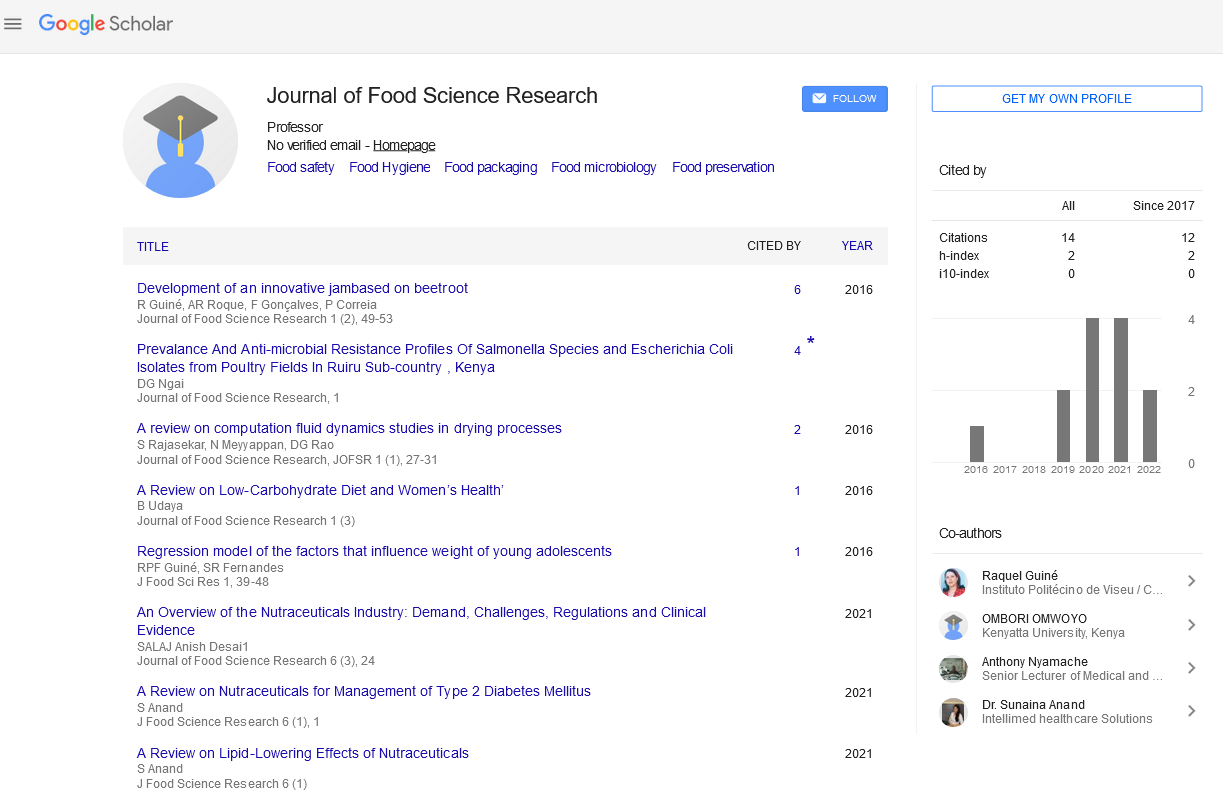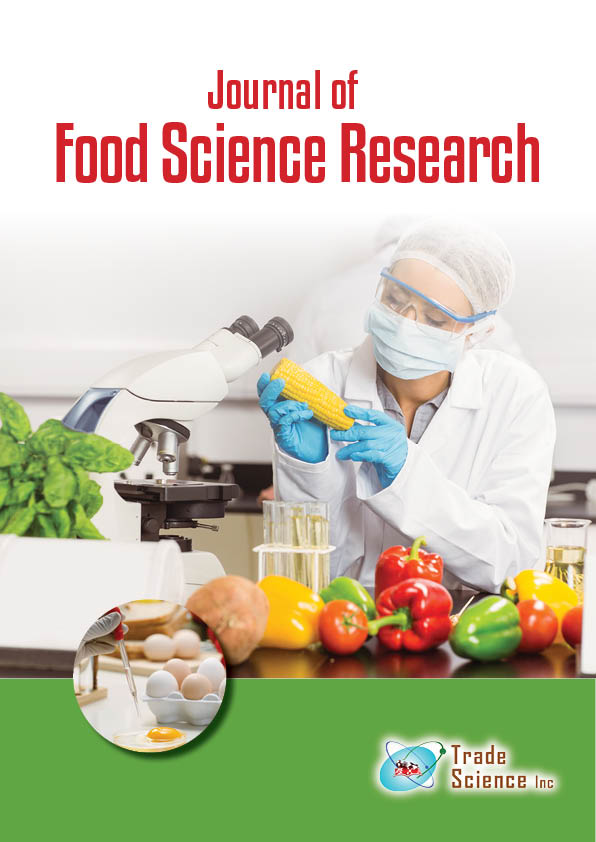Abstract
Consumption of organic products. Influence of rearing conditions on the quality of organic chicken meat
Author(s): Sarmiento-García A,Revilla Martín,Palacios RiocerezoIn recent years, there has been an increase in the consumption of organic products, motivated by a greater concern for animal welfare and the environment. (5). Of the entire organic livestock sector, the organic poultry production sector seems to be one of the key points in this type of market. Thus, these products have been considered as the gateway for many consumers who start their purchase in the organic market (5) There are a large number of factors that can affect the quality of meat (1,2,3). The effects of temperature conditions on broiler performance and meat quality have been extensively investigated in intensive production under controlled humidity and temperature conditions (4). However, these studies are more limited when we look for the effect of environmental conditions when it comes to outdoor production systems. To our knowledge, no information is available in the literature on the influence of climatic conditions on the fat quality of chickens raised in organic production systems. This study proposes to evaluate the effect of the climatic period in the geographical area studied on the fatty acid profile. A total of 160 medium-sized one-day-old male chickens reared in organic conditions were studied individually from the first day of their lives until slaughter (120 days). Two weather periods were considered, being period C colder than period H. A total of 24 chicks per period were randomly selected, then the breasts (Pectoralis major) were extracted for analysis. Individual fatty acids were measured by gas chromatography and expressed in grams per 100g of fat. From the values obtained, total lipid fractions were calculated. Breast from chicken reared in H period had significantly lower (p <0.01) content of saturated fatty acids (SFA) and ratio between SFA/polyunsaturated fatty acids (PUFA), and increased (p <0.05) content in PUFA and n-6.

